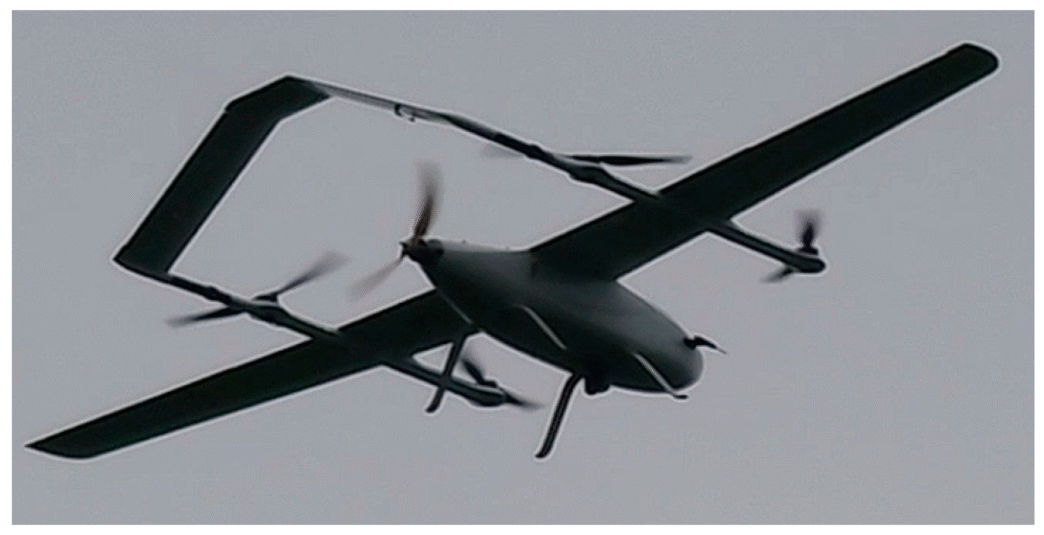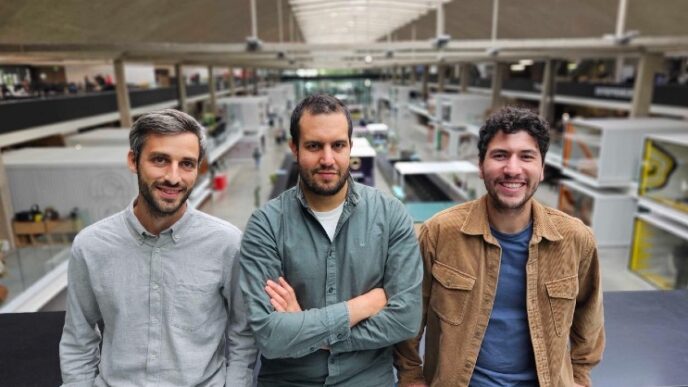Europe is facing rising climate threats, and operators now need faster, smarter ways to keep critical sites safe. Floods, wildfires, border pressure, and attacks on energy networks demand constant visibility. Traditional helicopter patrols are too slow, costly, and limited. That urgency is opening the door for a new wave of deep-tech innovators building an autonomous aerial intelligence network that can cover hard-to-reach regions and operate around the clock without pilots.
This is the challenge Rift, a French deep-tech startup, is trying to solve with what may become Europe’s first autonomous aerial intelligence network. Instead of relying on human-piloted aircraft, Rift uses long-endurance autonomous drones operating from self-deploying stations powered by the company’s proprietary RiftOS.
The entire approach runs like an always-on service and offers governments and critical-infrastructure operators the ability to monitor borders, coastlines, and energy grids without sending anyone into the field.
The model is built around “Surveillance-as-a-Service,” which is defined by a simple idea: provide the same aerial intelligence helicopters offer but at a fraction of the cost. Rift claims its system can be up to ten times cheaper while also keeping all collected data inside European borders.
That last part matters. Many operators are increasingly concerned about the sovereignty of their data, especially when the information covers energy sites, industrial hubs, defense zones, or border environments. Rift’s approach gives them a way to modernize without outsourcing critical intelligence to foreign systems.
The startup just raised €4.6 million to scale this vision. The new round includes €3 million in equity backed by AlleyCorp in the U.S. and OVNI Capital in France, and €1.6 million in public funding.
The investment arrives as Europe tries to strengthen its technological independence in strategic areas, and Rift’s platform fits neatly into that larger mission. For the founders, this funding is more than capital; it is a signal that autonomous reconnaissance systems are becoming a core element of Europe’s future security architecture.
Rift was created in 2023 by Daniel Nef and Dorian Millière. Nef brings over a decade of product and tech leadership experience, including years at OpenClassrooms, where he helped build scalable software platforms. Millière complements that background with deep-tech and autonomy know-how.
Together, they set out to build an infrastructure layer for Europe, one that could live between satellites in the sky and boots on the ground. Satellites are great for high-level visibility but struggle to capture fast-moving or emerging threats.
Ground teams provide detail but move slowly and are often spread thin. Rift wants to deliver the “missing middle” with drones that can deploy immediately, fly long distances, and return meaningful intelligence in real time.
The system blends three core pieces of technology into a single operating network. Rift designs and builds its own long-endurance vertical takeoff and landing (VTOL) drones. These drones can operate across difficult terrain, stay airborne for extended periods, and return to stations without manual help.
Those stations are roughly the size of a shipping container and act as autonomous hubs that manage each drone’s takeoff, landing, charging, and maintenance cycles. Each unit can operate independently, which means the network can spread across borders or regions with very little human presence.
Running all of this is RiftOS, the company’s mission-control software. It handles everything from route planning to live video intelligence, and because the system is designed to be fully sovereign, all data remains on European servers. The platform allows security teams and infrastructure operators to request aerial visibility whenever they need it, much like tapping into a utility. Once a request is made, the system handles the full cycle, from deployment to data delivery.
One of the reasons this model stands out is the shift toward full autonomy. Many companies in the drone-surveillance space still depend on human pilots, remote operators, or complex field logistics. Others, including Alta Ares and Harmattan AI, compete on specific slices of the problem but rely more heavily on human workflows or fragmented tools.
Rift has taken a different path by building an end-to-end system that is meant to run with almost no on-site personnel. The design aims to simplify everything for customers who want reliable intelligence without spending months stitching together drones, pilots, and analytics tools.
As the company looks ahead, today’s funding will accelerate the manufacturing of its autonomous stations. Rift says it is developing new industrial processes to produce these units at scale and at a lower cost, which will be essential as demand expands across Europe. The long-term goal is to allow dozens or even hundreds of autonomous stations to operate simultaneously, providing persistent coverage over vast territories.
Rift is also investing heavily in software automation. By 2027, the company hopes to complete the transition to full mission-cycle autonomy. That includes planning, execution, anomaly detection, and reporting—all without human intervention. At that point, a security operator could request coverage with a single command while the system handles everything else, from drone deployment to detailed reporting.
To make that possible, the startup plans to double its team across R&D, data science, manufacturing, and regulatory certification by the end of 2026. Scaling in this space requires navigating strict aviation rules, proving reliability across thousands of hours of autonomous flight, and earning trust from governments and operators. Rift’s bet is that building a sovereign alternative will give Europe the confidence to adopt autonomous aerial intelligence on a much larger scale.
If the company succeeds, Europe may soon rely on a network of autonomous stations and long-range drones to watch over borders, energy grids, industrial zones, and vulnerable regions.
At a time when climate pressures and security concerns are rising, having an affordable and fast intelligence layer could redefine how the continent responds to crises. Rift believes that this shift is not just about efficiency; it is about giving operators real-time visibility without risking human lives or exposing sensitive data. The funding marks a major step toward making that vision real.













